Herzog & de Meuron’s new school design in Oxford is about ’coming together’
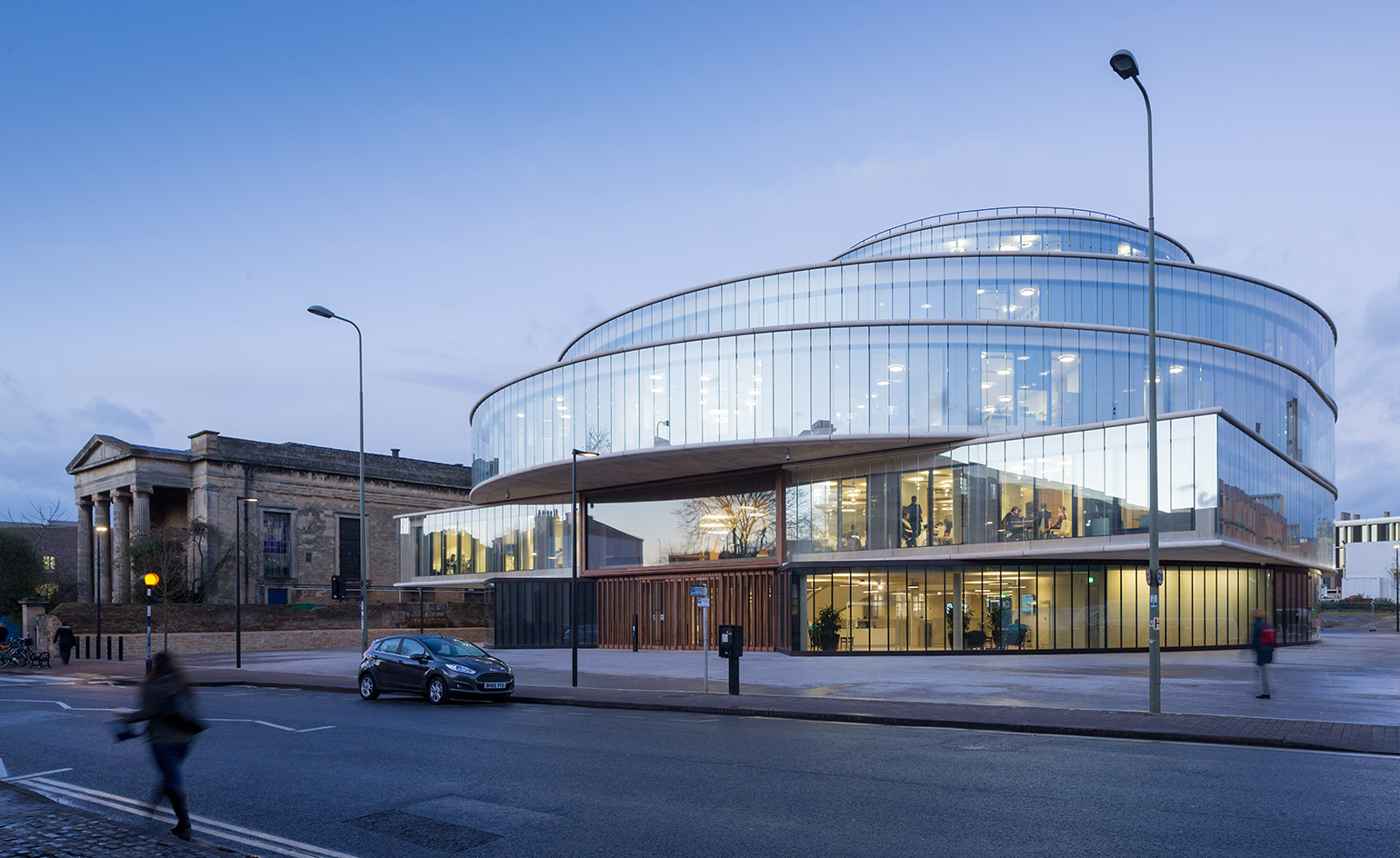
On first glance, the shimmering spaceship-like facade of Herzog & de Meuron's newly unveiled Blavatnik School of Government building may look a little alien in its historic limestone surroundings on Oxford's Walton Street, but on closer inspection, some subtle nods to the city's historic architecture become evident.
Built on the site of Oxford's former Radcliffe Infirmiry, the new glass-clad building sits opposite the neoclassical columns of Oxford University Press and next door to the time worn Ionic portico of Freud's – a cafe bar housed in a former church.
'A big program with a relatively small footprint' led to the creation of this eight-level monument that totals 105,486 sq ft and can host up to 550 students, faculty staff and guests. A rectangular lower ground floor is topped with oval, horseshoe and various disc-shaped levels, stacked up unevenly to create balconies and internal courtyards.
From the street, only three floors are visible, with the others slung back from view- a tactic that the architects say was used in order to break down the scale and respect the proportions of the surrounding architecture. 'It's very difficult to behave well next to these historic buildings without losing your own identity,' explains Jacques Herzog. 'Using the different forms is a way of responding to the historic buildings without copying or mimicking them.' Other subtle references include the unexpected traditional rounded stone lintils that line each glazed level or the width of the glass panels which match those of Oxford's Bodleian library.
Once inside, the school's jutting cantilevered layers are united by one vast central atrium. This forum-like space is circled by a swooping spiral staircase that stretches from the lower ground floor's oak-lined lecture theatre right up to a common room with a central skylight on the eighth floor. Odd-shaped offices, study spaces, common rooms, reading rooms and a cafe line the perimeter of each level, looking into the central atrium from one side and out to panoramic views on the other.
The forum-style design, inspired by parliament and government buildings as well as courtyards and the social ritual of sitting around a fire, is a representation of the school's values and a celebration of 'coming together,' says the School's Dean, Professor Ngaire Woods. 'The most important part of the brief was to build us a building that would draw us together in a heart,' she says. 'These sight lines work beautifully to connect people and remind people who else is in the school at any one time.'
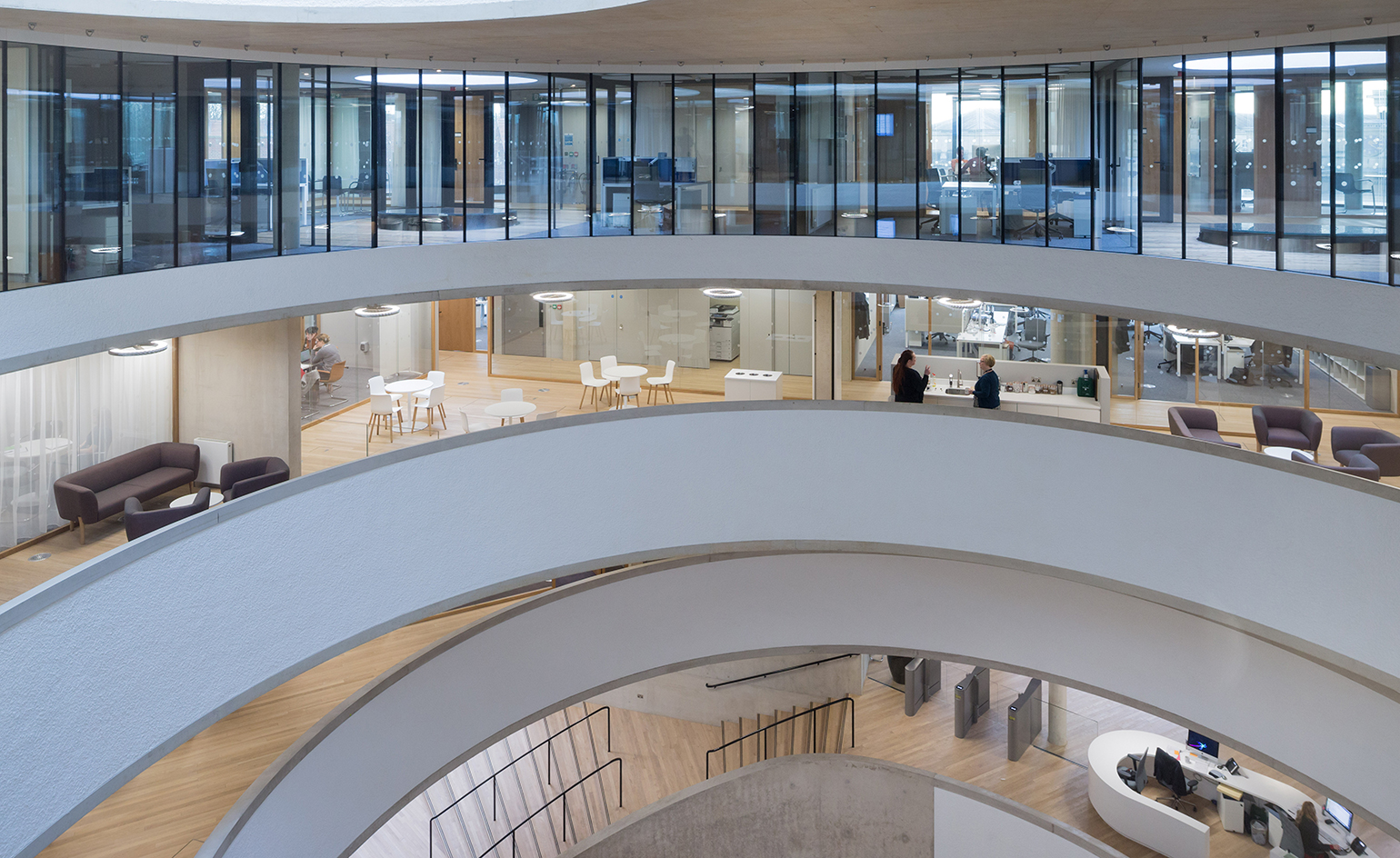
An internal courtyard sits at the heart of the structure; this vertical space, called the 'forum', brings all the different levels together
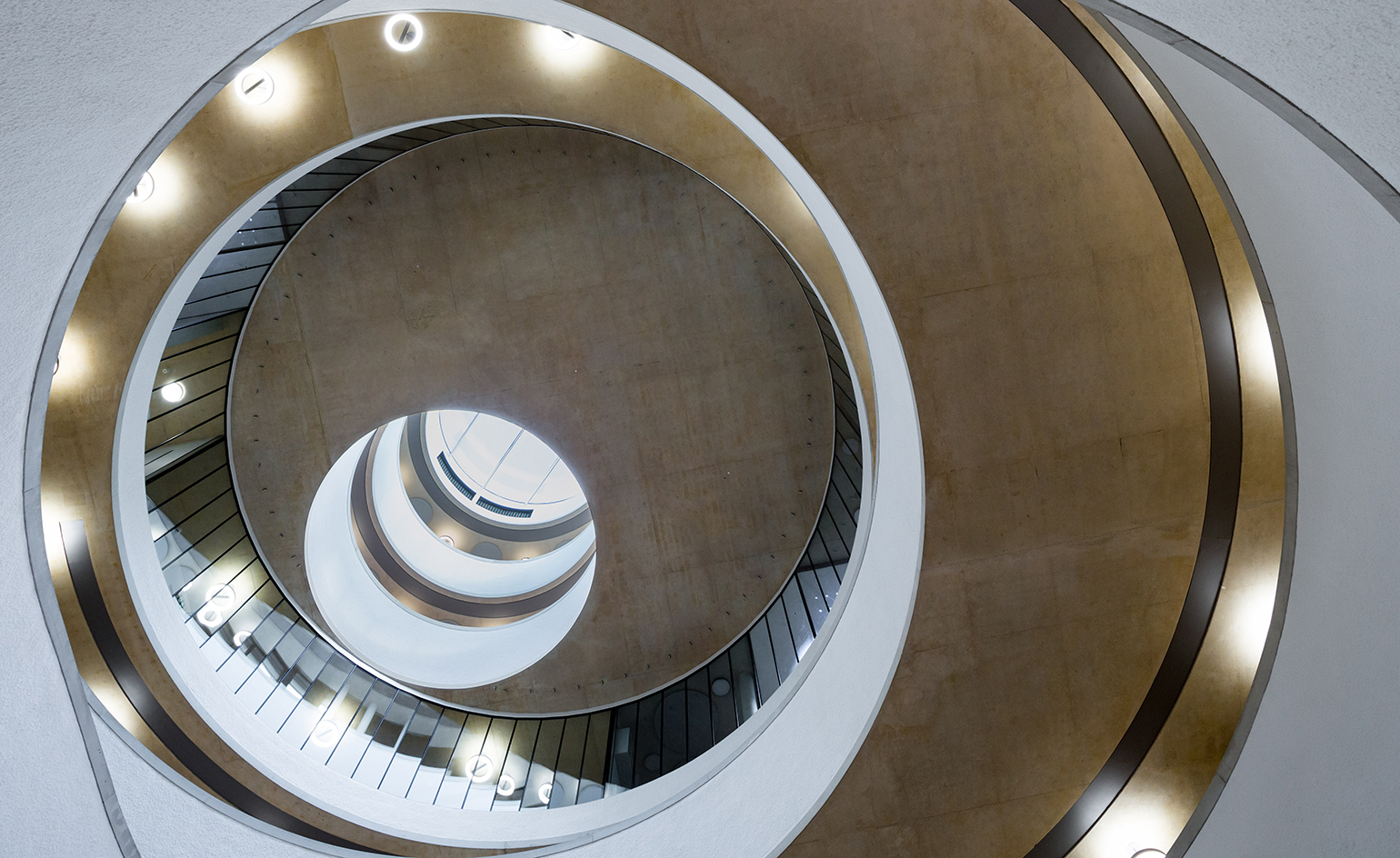
This space also enhances the ideas of transparency and communication within the building; as does its glass clad facade
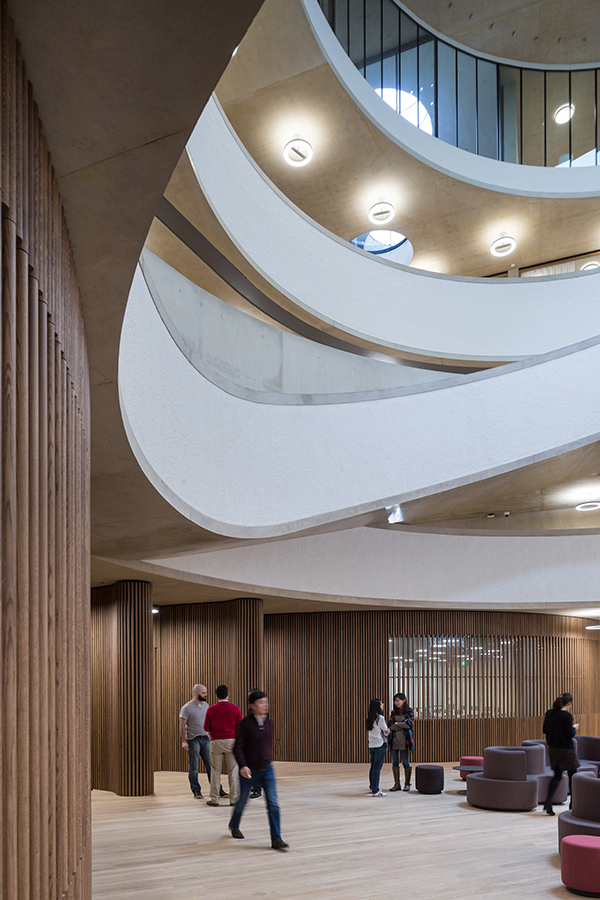
The central opening's curved walls reference the building's overall round shape
INFORMATION
For more information visit the Herzog de Meuron website
Photography: Iwan Baan
Receive our daily digest of inspiration, escapism and design stories from around the world direct to your inbox.
Ali Morris is a UK-based editor, writer and creative consultant specialising in design, interiors and architecture. In her 16 years as a design writer, Ali has travelled the world, crafting articles about creative projects, products, places and people for titles such as Dezeen, Wallpaper* and Kinfolk.
-
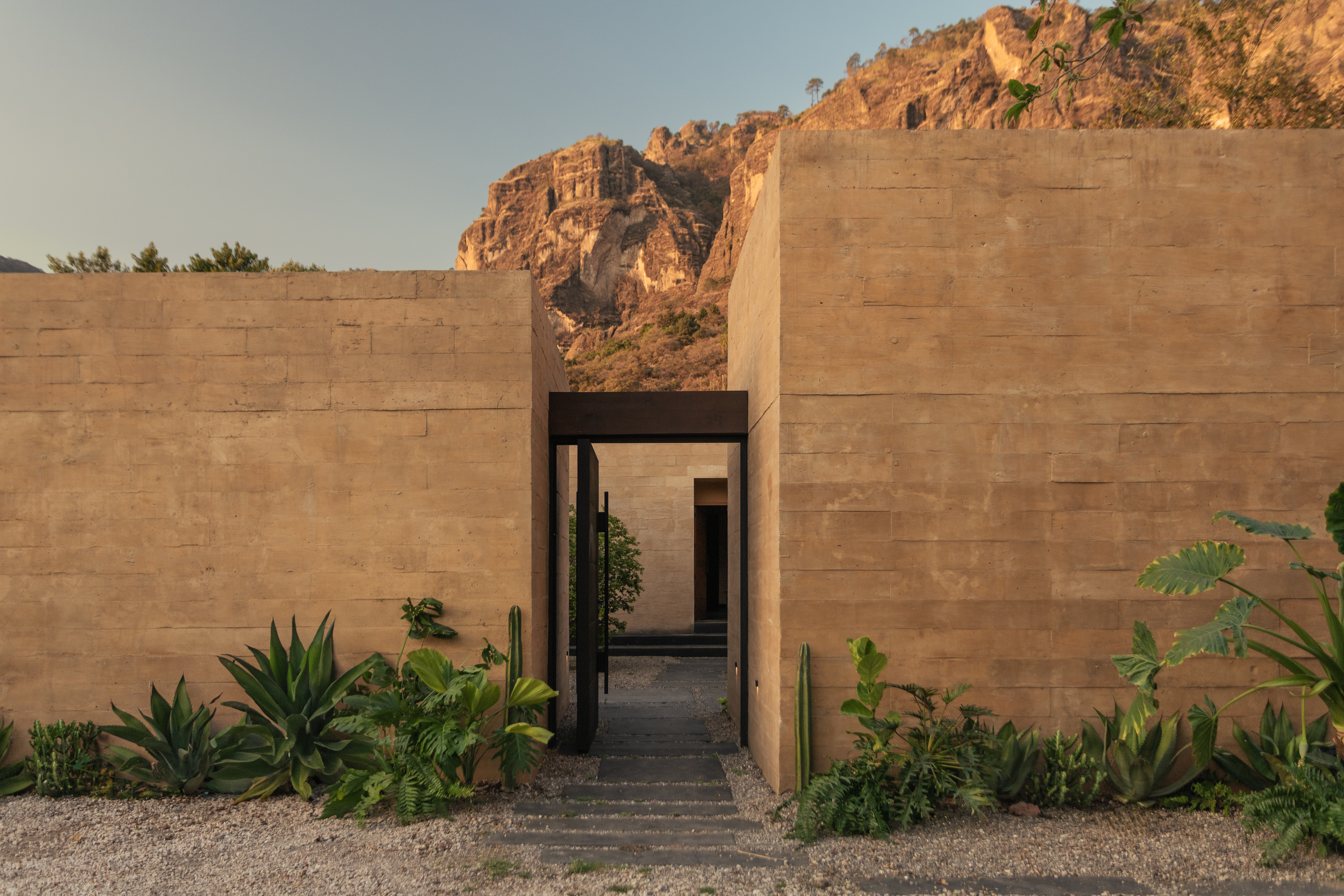 The architecture of Mexico's RA! draws on cinematic qualities and emotion
The architecture of Mexico's RA! draws on cinematic qualities and emotionRA! was founded by Cristóbal Ramírez de Aguilar, Pedro Ramírez de Aguilar and Santiago Sierra, as a multifaceted architecture practice in Mexico City, mixing a cross-disciplinary approach and a constant exchange of ideas
-
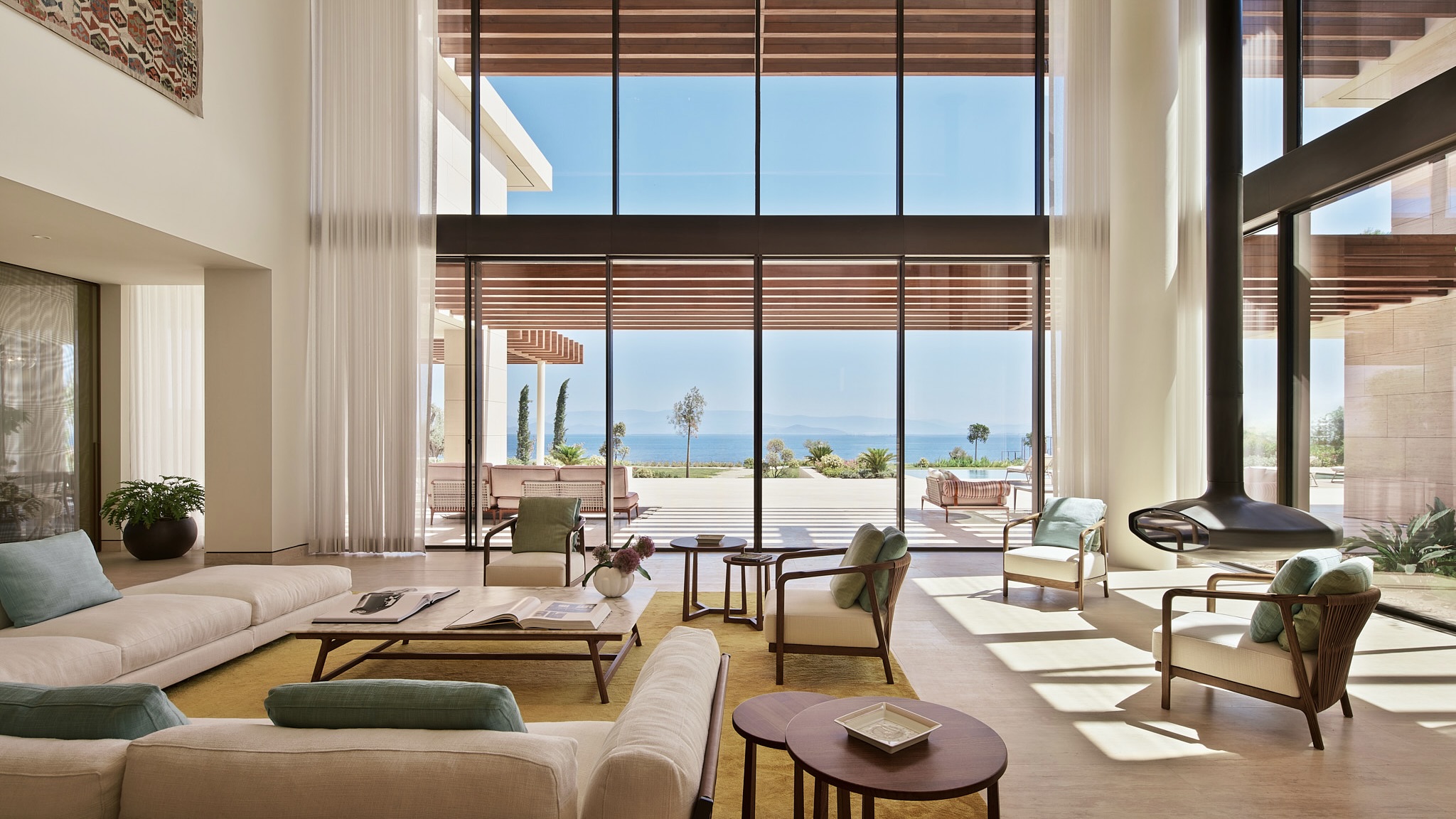 A first look at Bulgari Resort and Mansions Bodrum
A first look at Bulgari Resort and Mansions BodrumArchitecture, landscape and refined luxury come together at this Mediterranean retreat, opening in 2027
-
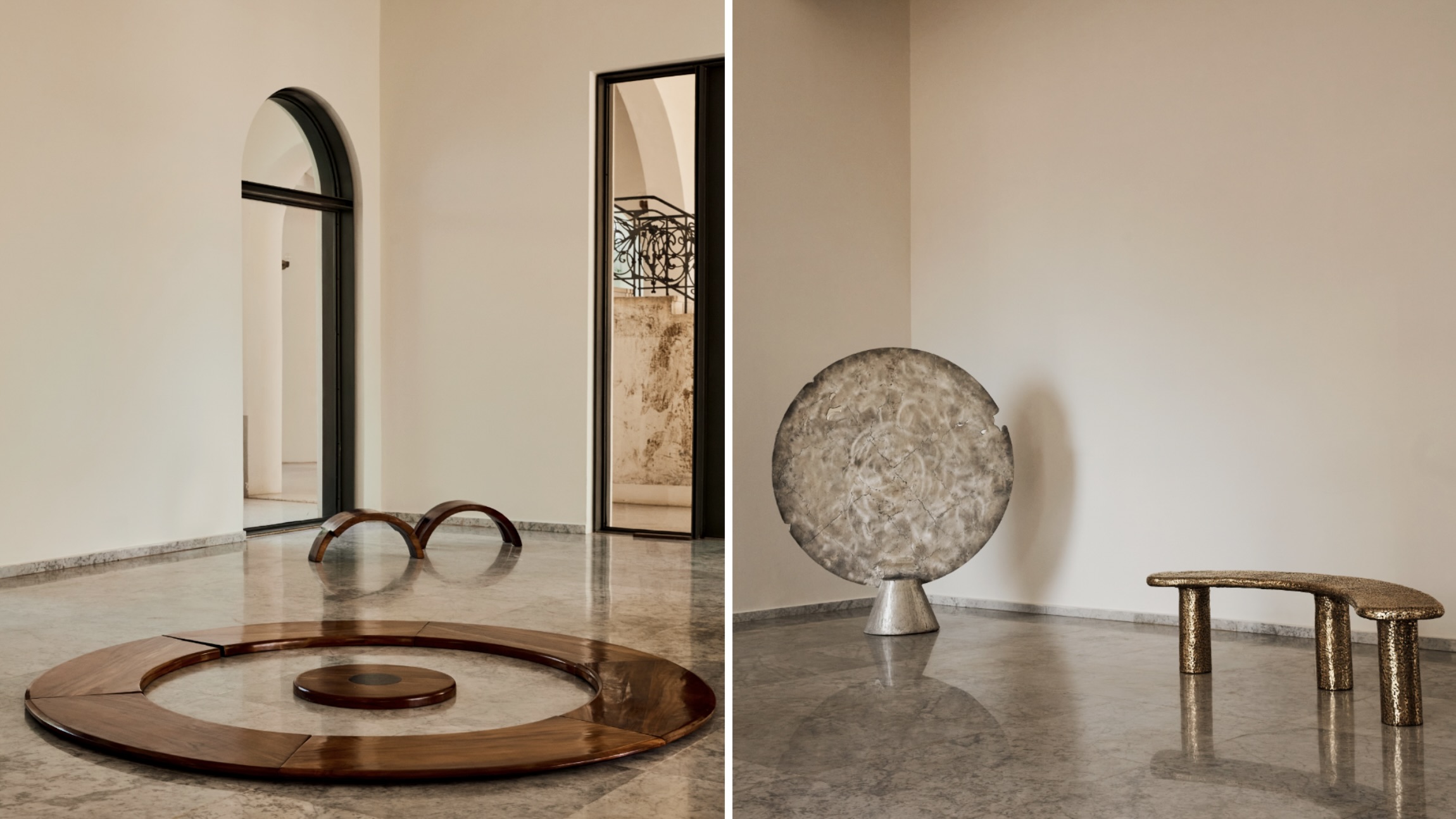 Togo's Palais de Lomé stages a sweeping new survey of West African design
Togo's Palais de Lomé stages a sweeping new survey of West African design'Design in West Africa' in Lomé, Togo (on view until 15 March 2026), brings together contemporary designers and artisans whose work bridges tradition and experimentation
-
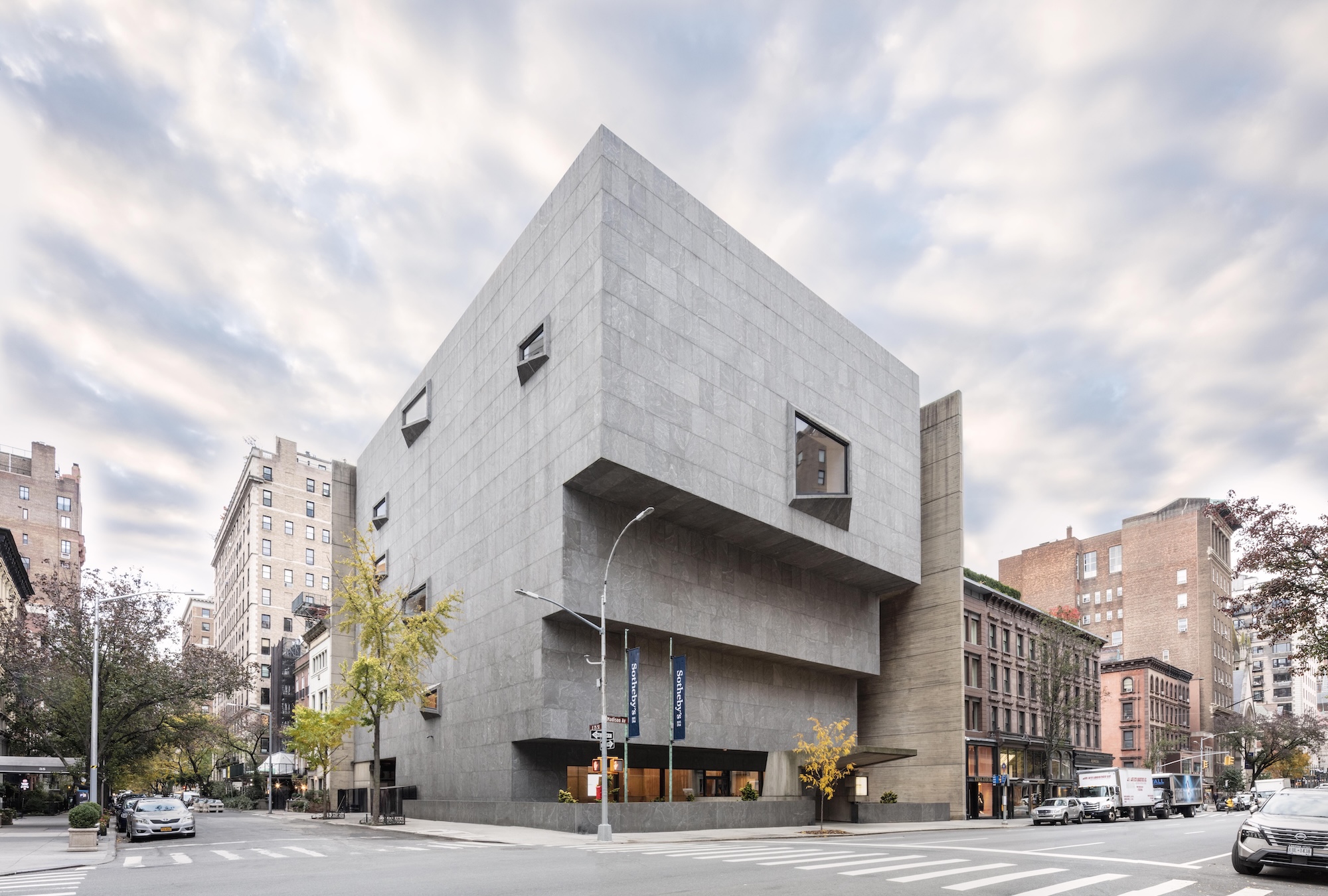 New York's iconic Breuer Building is now Sotheby's global headquarters. Here's a first look
New York's iconic Breuer Building is now Sotheby's global headquarters. Here's a first lookHerzog & de Meuron implemented a ‘light touch’ in bringing this Manhattan landmark back to life
-
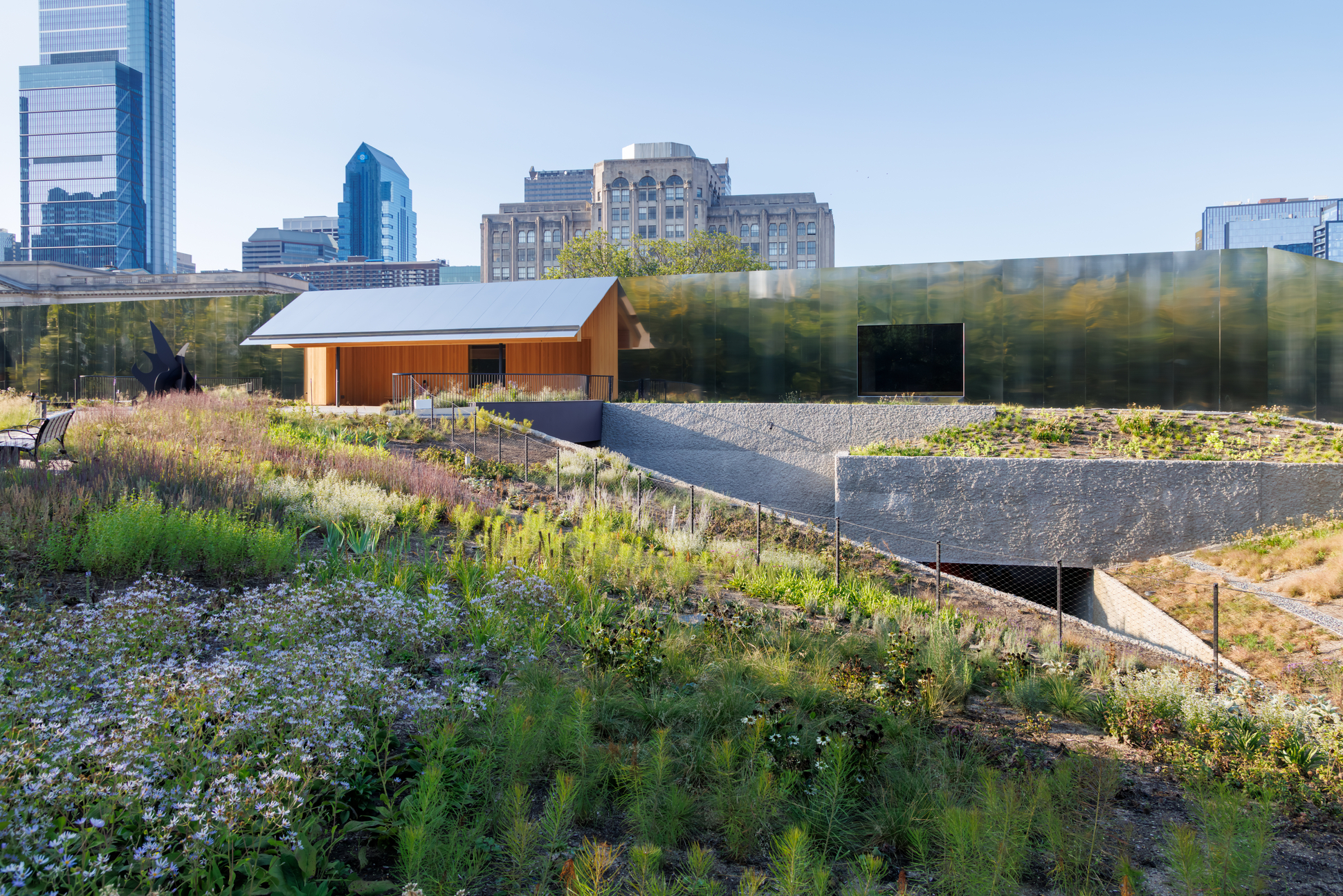 Herzog & de Meuron and Piet Oudolf unveil Calder Gardens in Philadelphia
Herzog & de Meuron and Piet Oudolf unveil Calder Gardens in PhiladelphiaThe new cultural landmark presents Alexander Calder’s work in dialogue with nature and architecture, alongside the release of Jacques Herzog’s 'Sketches & Notes'. Ellie Stathaki interviews Herzog about the project.
-
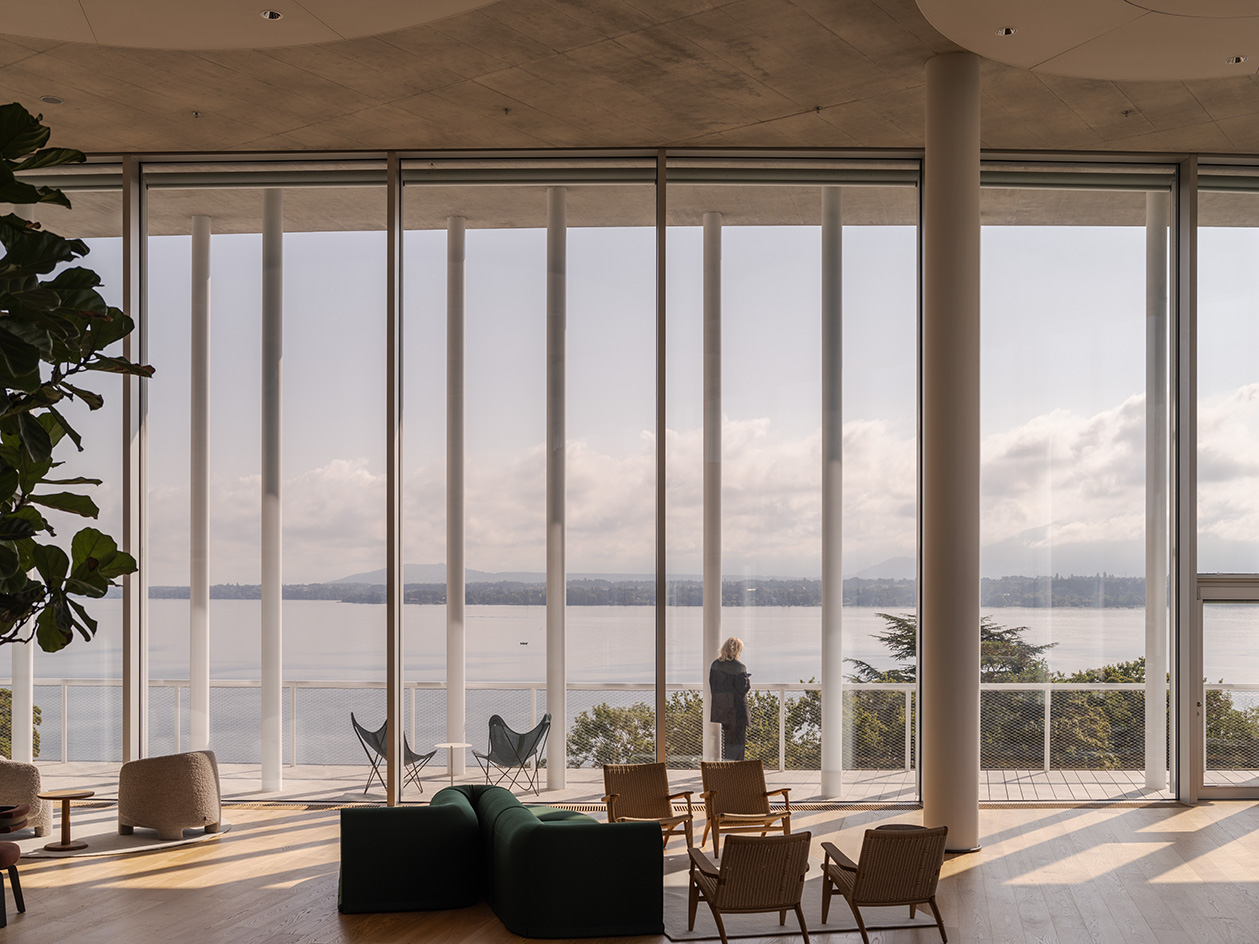 A building kind of like a ‘mille-feuille’: inside Herzog & de Meuron’s home for Lombard Odier
A building kind of like a ‘mille-feuille’: inside Herzog & de Meuron’s home for Lombard OdierWe toured ‘One Roof’ by Herzog & de Meuron, exploring the Swiss studio’s bright, sustainable and carefully layered workspace design; welcome to private bank Lombard Odier’s new headquarters
-
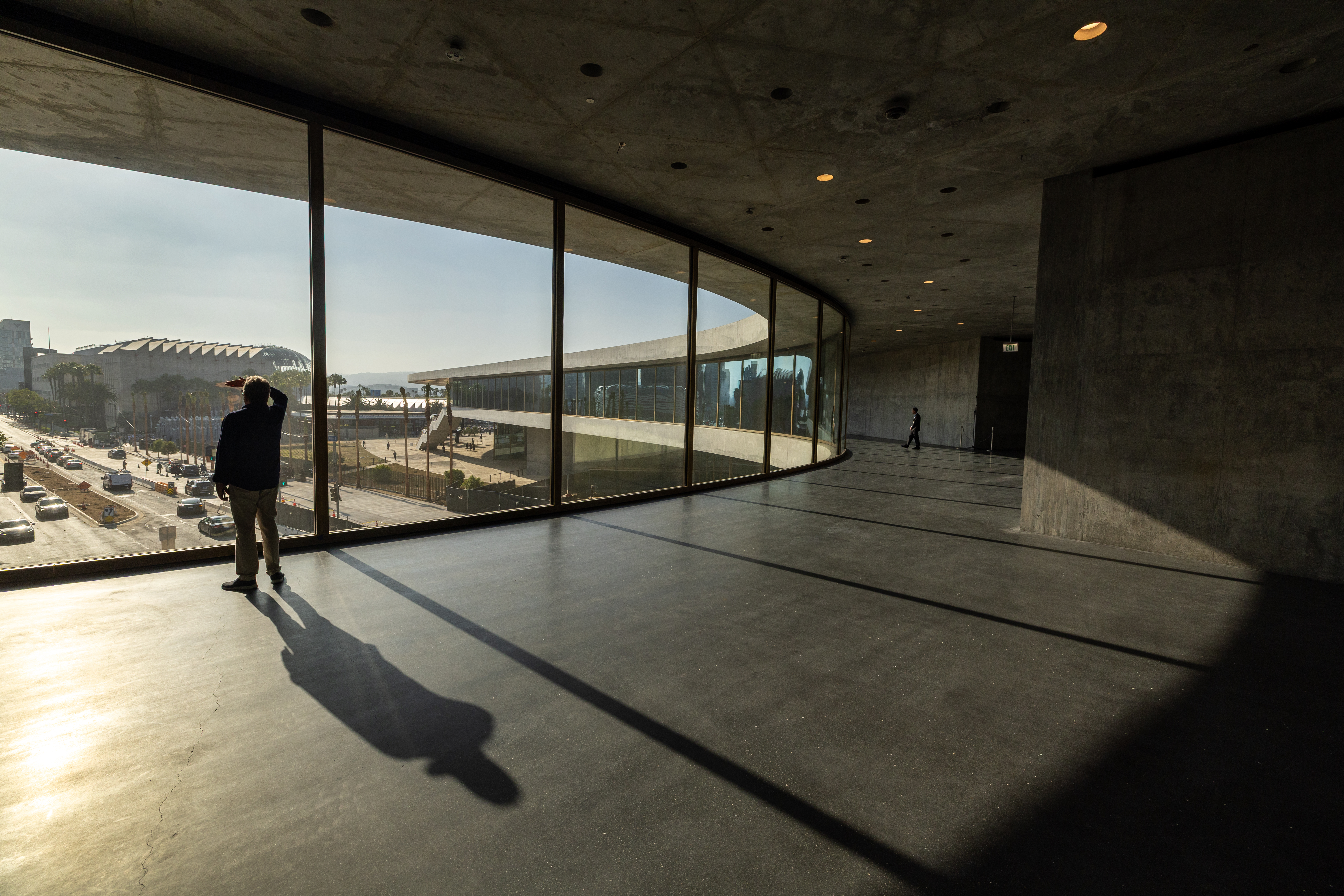 The great American museum boom
The great American museum boomNine of the world’s top ten most expensive, recently announced cultural projects are in the US. What is driving this investment, and is this statistic sustainable?
-
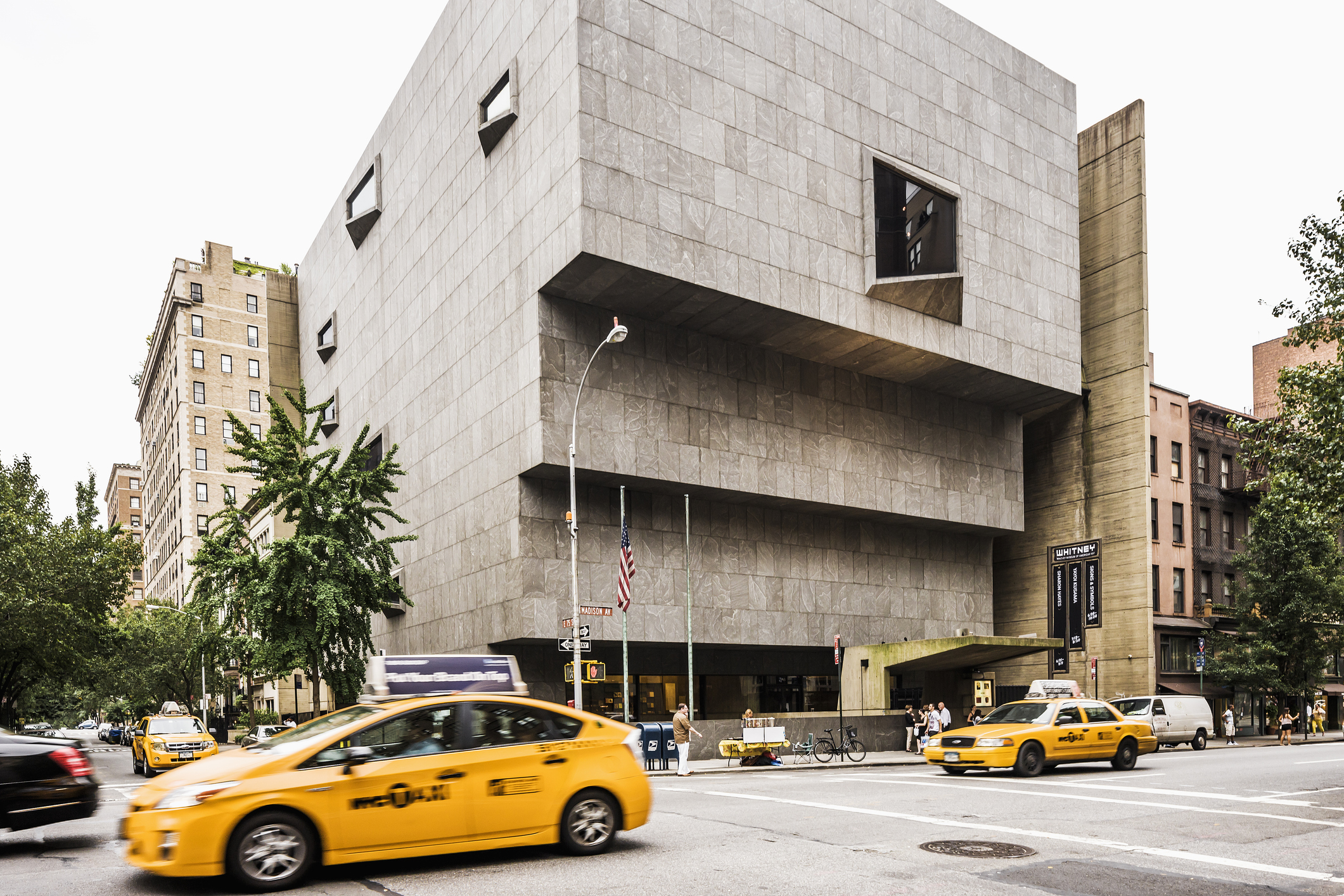 Herzog & de Meuron are renovating New York's iconic Breuer Building. Here's a first look at the renderings
Herzog & de Meuron are renovating New York's iconic Breuer Building. Here's a first look at the renderingsThis fall, the brutalist icon will be re-opening as the New York headquarters for Sotheby's.
-
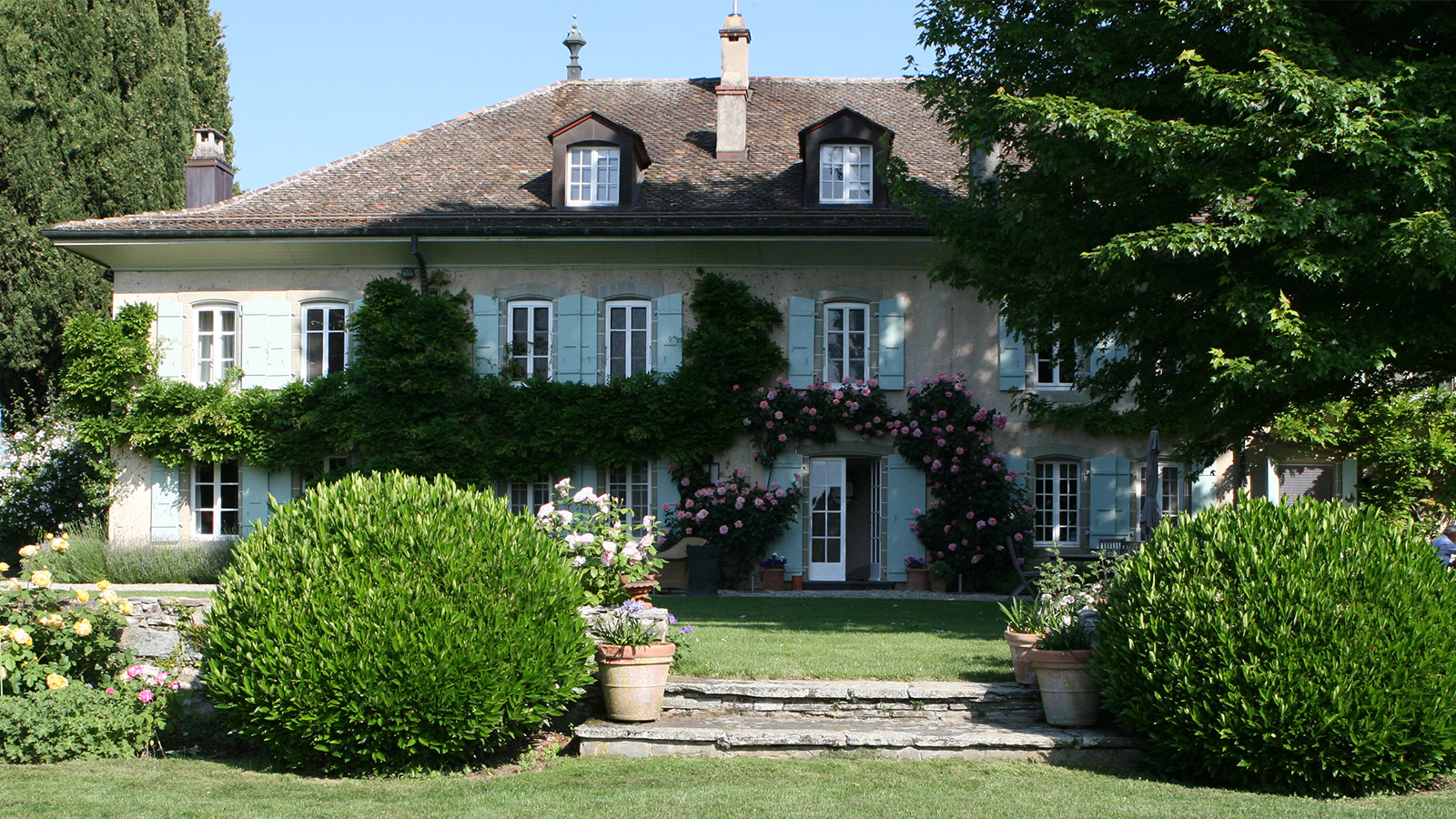 Audrey Hepburn’s stunning Swiss country home could be yours
Audrey Hepburn’s stunning Swiss country home could be yoursAudrey Hepburn’s La Paisable house in the tranquil village of Tolochenaz is for sale
-
 Meet Lisbeth Sachs, the lesser known Swiss modernist architect
Meet Lisbeth Sachs, the lesser known Swiss modernist architectPioneering Lisbeth Sachs is the Swiss architect behind the inspiration for creative collective Annexe’s reimagining of the Swiss pavilion for the Venice Architecture Biennale 2025
-
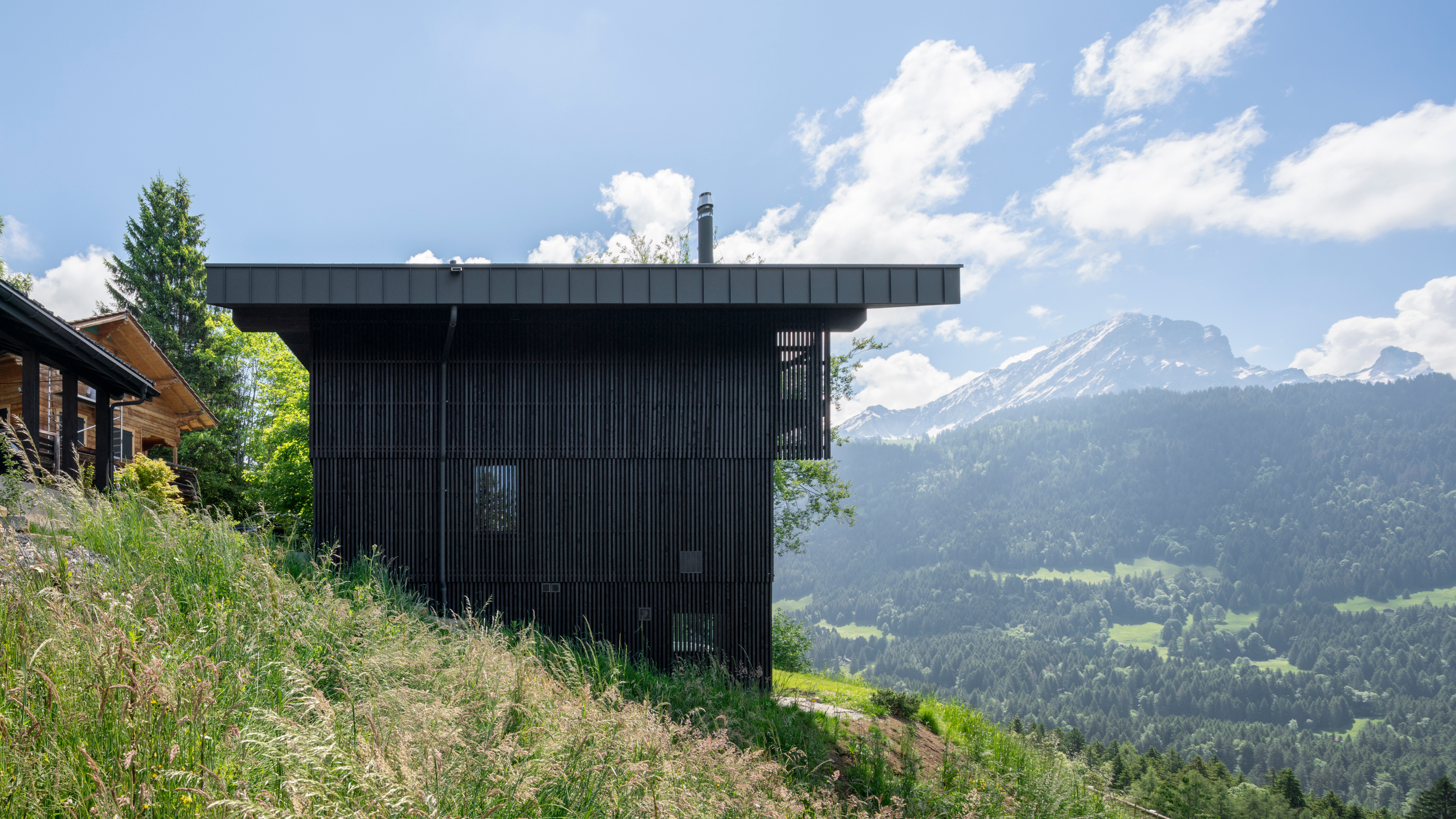 A contemporary Swiss chalet combines tradition and modernity, all with a breathtaking view
A contemporary Swiss chalet combines tradition and modernity, all with a breathtaking viewA modern take on the classic chalet in Switzerland, designed by Montalba Architects, mixes local craft with classic midcentury pieces in a refined design inside and out